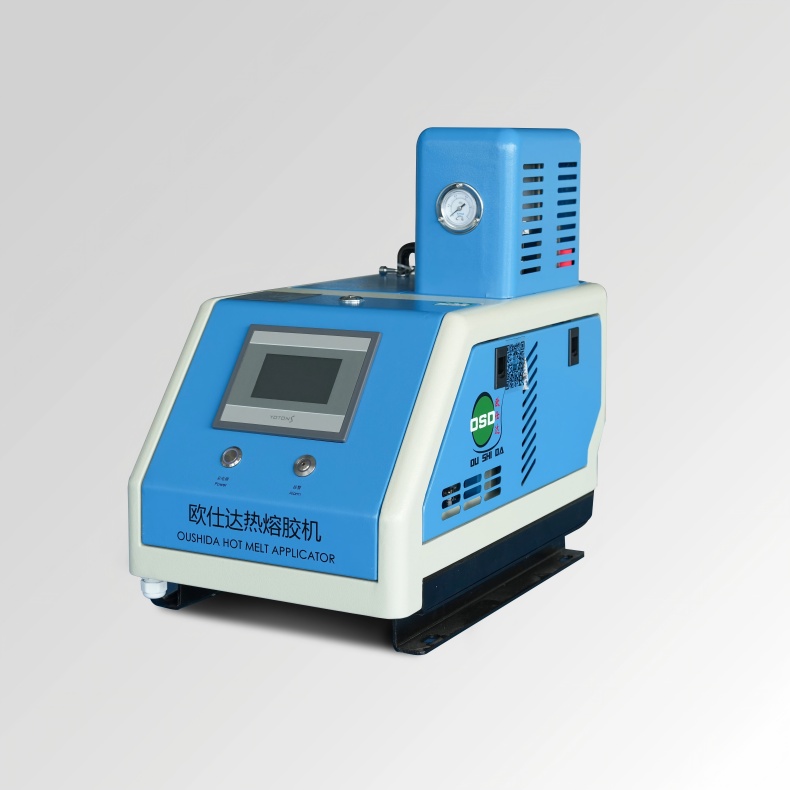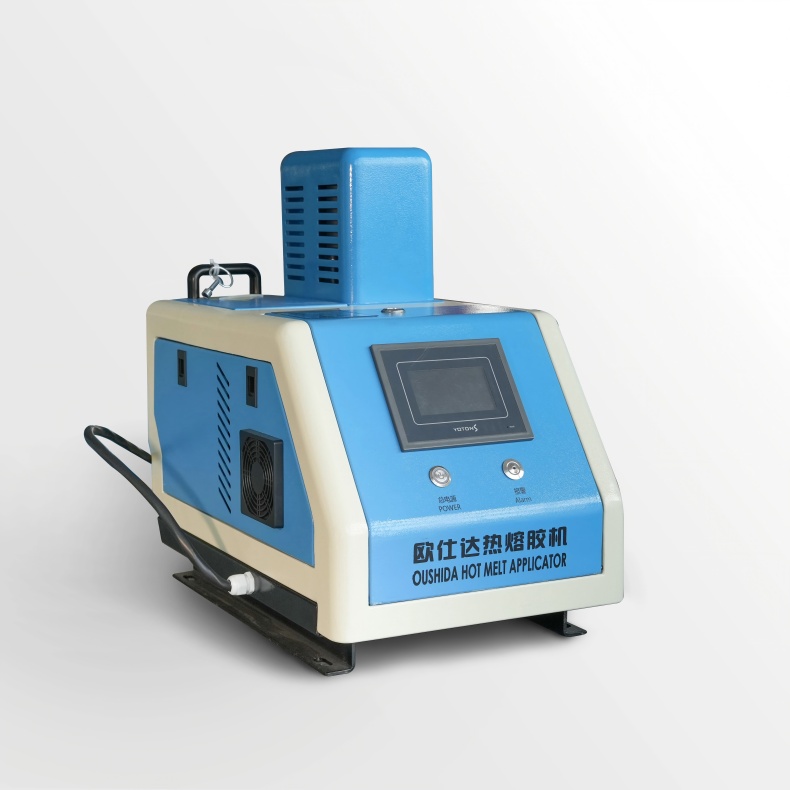Suzhou Oushida Hot Melt Machinery Equipment Co., Ltd.
18 years of experience in R&D and production of hot melt adhesive spraying equipment and automation equipment
18 years of experience in R&D and production of hot melt adhesive spraying equipment and automation equipment
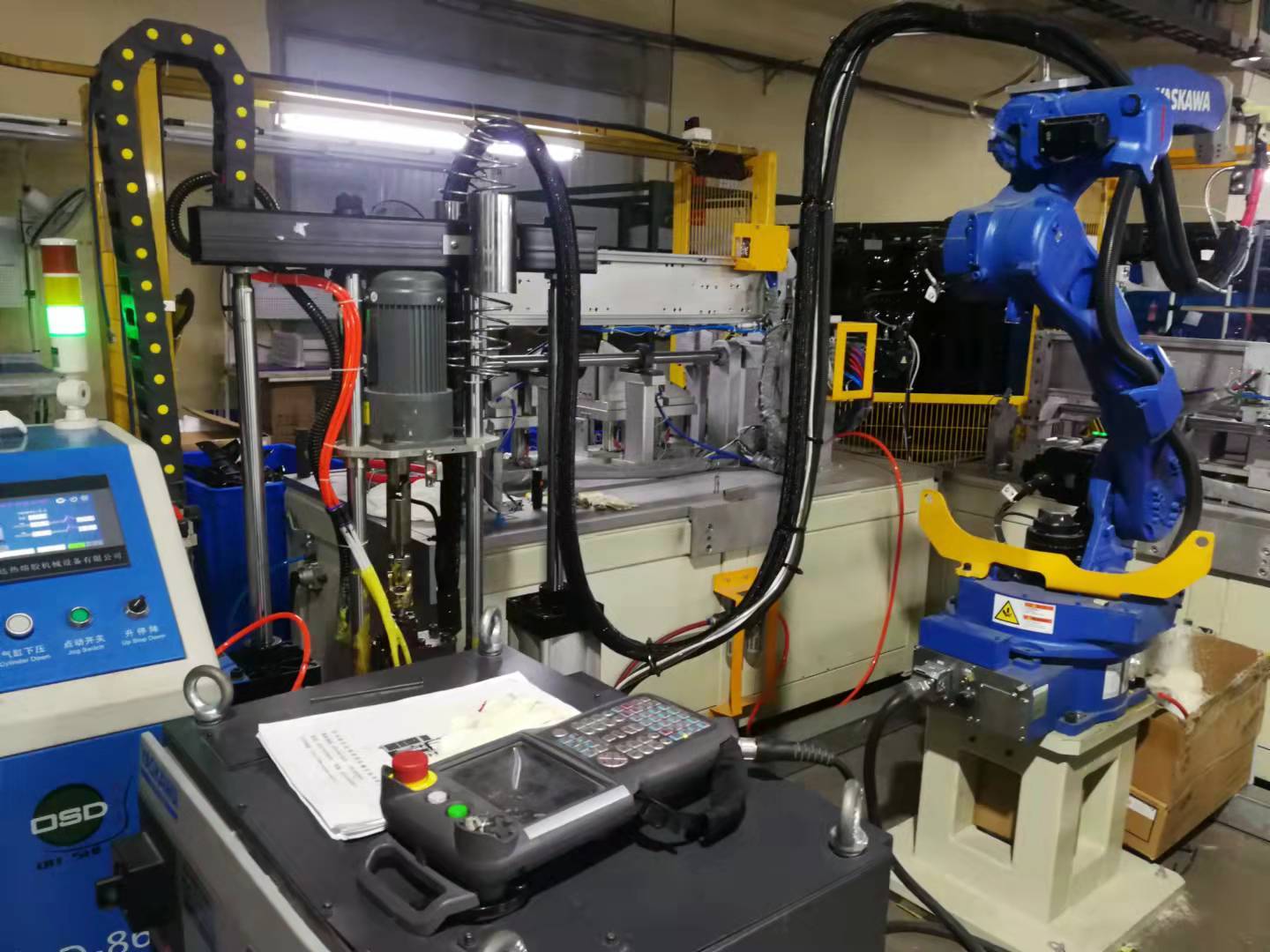
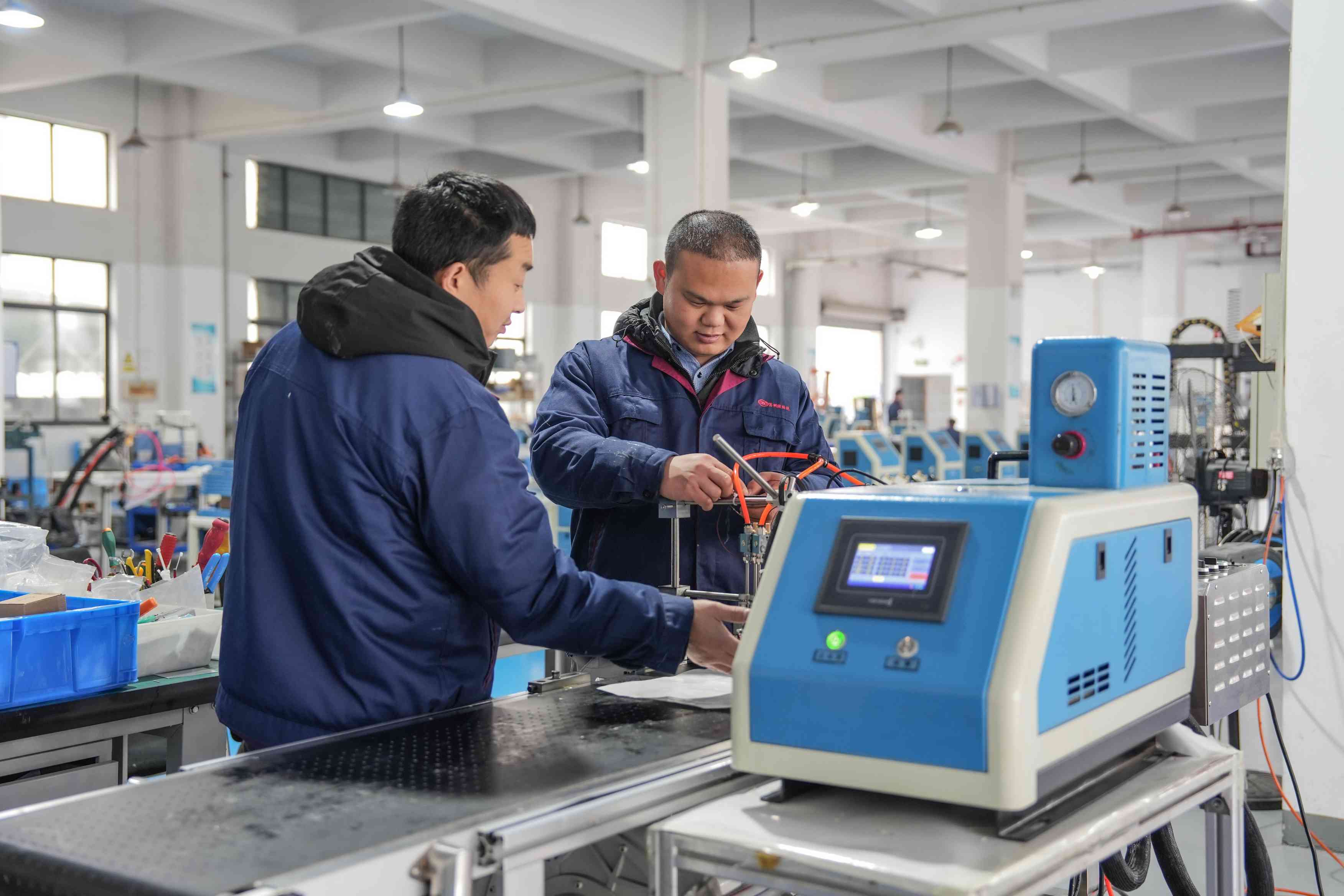

Definition and Causes of Carbonization of Hot Melt Adhesive Machine
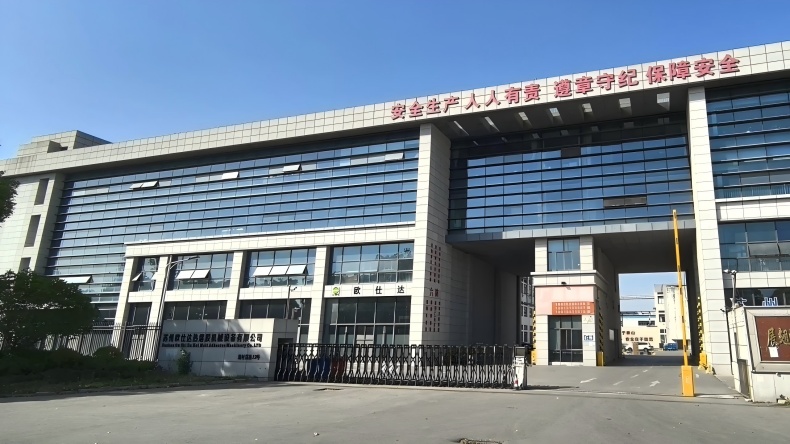
Suzhou Oushida Hot Melt Adhesive Machinery Equipment Co., Ltd. is a high-tech enterprise specializing in the research and development, production, sales and technical consulting of hot melt adhesive intelligent spraying equipment.
Definition and Causes of Carbonization of Hot Melt Adhesive Machine
Definition and causes of hot melt adhesive machine carbonization
1. Definition of hot melt adhesive machinecarbonization
Hot melt adhesive machinecarbonization refers to the phenomenon that after the hot melt adhesiveis heated for a long time in a high temperature environment, due to excessive temperature or oxidation reaction, part of the colloid decomposes and forms black charred substances. These charred substances usually adhere to the adhesive tank, pipe or nozzle, etc., which are difficult to remove and may further contaminate the newly added hot melt adhesive.
2. Causes of carbonization
Carbonization is mainly caused by the following factors:
· Too high temperature: Hot melt adhesive needs to melt at a certain temperature, but if the temperature is set too high or the equipment is kept at high temperature for a long time, it will cause the colloid to decompose.
· Too long residence time: Hot melt adhesivestays in the heating system for too long and is not discharged in time, which is prone to oxidation and decomposition.
· Material problems: Some types of ehot melt adhesiveare sensitive to high temperatures and are more prone to carbonization.
· Equipment aging: Hot melt adhesive machinesthat have been used for a long time may have problems such as aging of heating elements and failure of temperature control systems, which may lead to abnormal temperature increases.
2. How to effectively prevent hot melt glue machine carbonization?
In order to reduce the occurrence of hot melt adhesive machinecarbonization, the following are some practical preventive measures:
1. Reasonable temperature control
· Set the appropriate heating temperature according to the type of hot melt adhesive used. It is generally recommended to control the temperature at the lower limit of the recommended range to reduce the risk of colloid decomposition.
· Regularly check whether the temperature control system is accurate to avoid abnormal temperature increase due to equipment failure.
2. Shorten the residence time of the colloid
· During the production process, minimize the residence time of the hot melt adhesivein the heating system. The production process can be optimized to speed up the flow of the colloid and reduce the time the colloid is exposed to high temperature.
· If the equipment is out of service for a long time, the residual colloid in the glue tank and pipeline should be cleaned in time to avoid carbonization due to long-term standing.
3. Maintain the sealing of the equipment
· Ensure that the glue tank, pipeline and nozzle of the hot melt adhesive machineare well sealed to prevent air from entering and contacting the colloid.
· For equipment with open design, consider installing a dust cover or using an inert gas (such as nitrogen) for protection to reduce the occurrence of oxidation reactions.
4. Regularly maintain the equipment
· Regularly check the heating elements, temperature control system and pipe connections of the hot melt adhesive machine to ensure that the equipment is operating normally.
· When cleaning the adhesive tank and pipes, the residual colloid should be thoroughly removed to avoid excessive accumulation and carbonization.
5. Choose high-quality hot melt adhesive
· Different types of hot melt adhesives have different tolerance to high temperatures. It is recommended to choose products with good stability and anti-aging properties.
·When changing the brand or model of hot melt adhesive, be sure to test it first to ensure that it is compatible with the existing equipment.
6. Pay attention to the frequency of adding glue
·During the production process, hot melt adhesive should be added in an appropriate amount according to actual needs to avoid adding too much glue at one time, which will cause some colloids to be carbonized due to long-term non-use.
